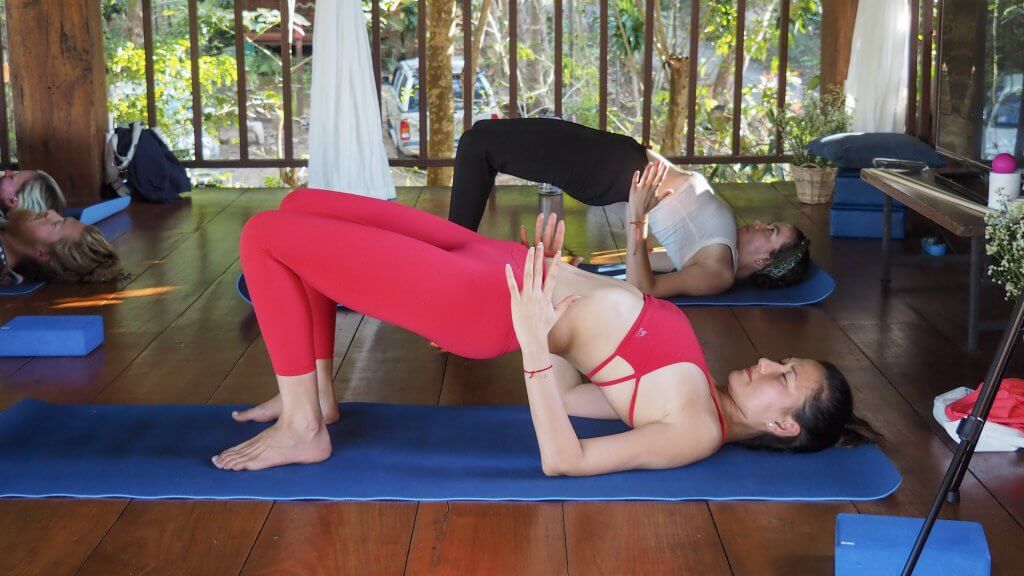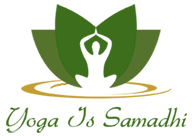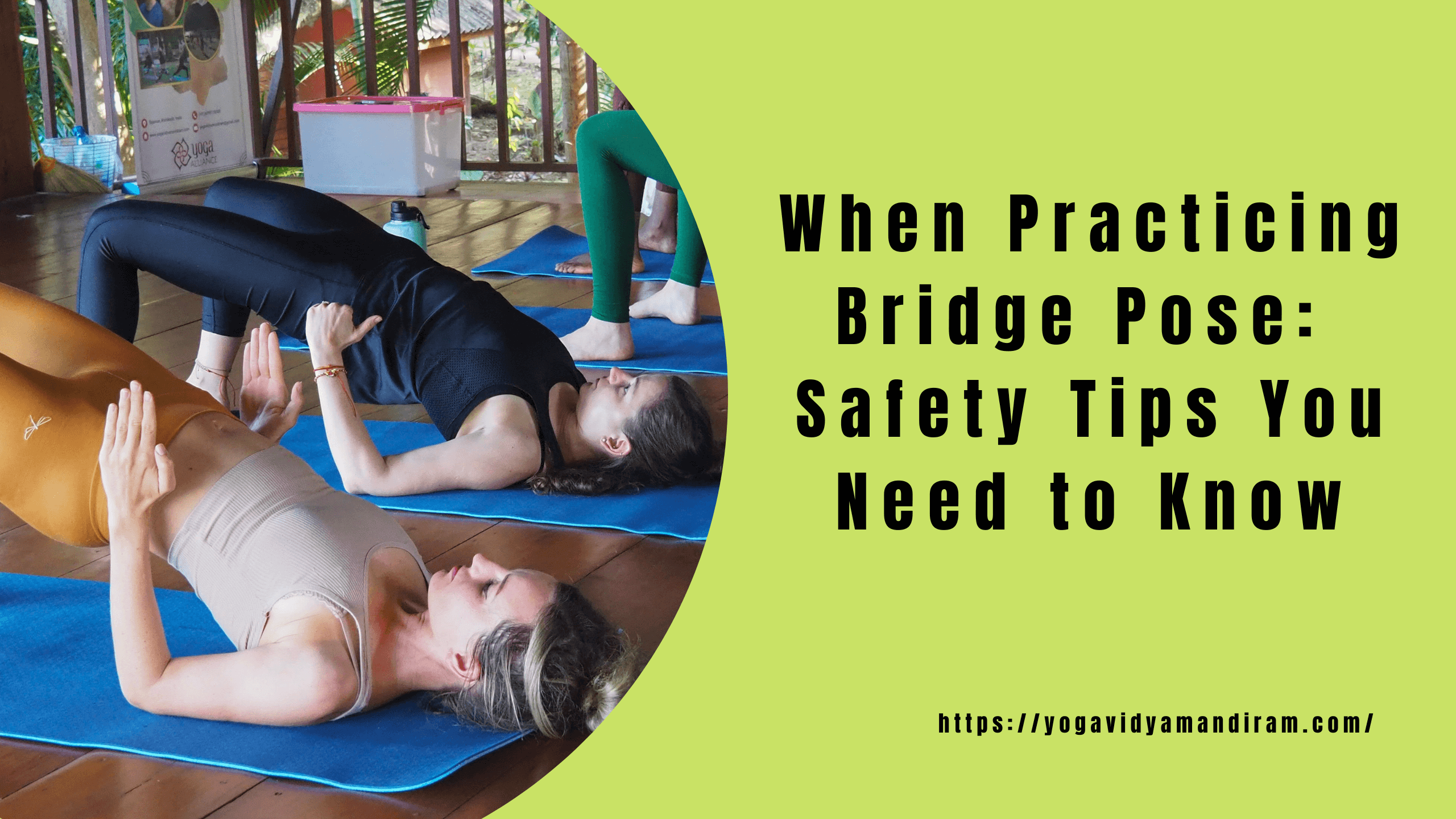Are you looking to improve your flexibility and strengthen your back muscles? If so, practicing bridge pose might be the perfect addition to your yoga routine. However, as with any physical activity, it’s important to take precautions and practice safely. In this blog post, we’ll share some essential safety tips that will help you avoid injury and get the most out of your bridge pose practice. So grab a mat and let’s dive in!
Introduction to Bridge Pose
Bridge pose is an inversion that helps to improve circulation, stretch the chest and shoulders, and strengthen the back. It’s a great pose for beginners, but there are a few things to keep in mind when practicing it. Here are some safety tips you need to know:
1. If you have high blood pressure or any other heart conditions, avoid this pose.
2. Practice bridge pose on a firm surface. A yoga mat or a towel placed over a hardwood floor will work.
3. Place your hands on your hips as you lift your torso and pelvis off the floor. Keep your elbows parallel to each other as you press down into your palms.
4. Use your breath to help you move deeper into the pose. Inhale as you lift your hips higher, then exhale as you lower them back down.
5. To come out of the pose, slowly lower your back down to the floor one vertebra at a time.

Benefits of Bridge Pose
Bridge pose is a great way to open up the chest and shoulders, as well as stretch the front of the body. It can also help to strengthen the back and legs. Here are some of the benefits of bridge pose:
-Opens up the chest and shoulders
-Stretches the front of the body
-Strengthens the back and legs
-Improves digestion
-Relieves stress and anxiety
Common Mistakes When Practicing Bridge Pose
If you are new to bridge pose, or any yoga pose for that matter, it is important to be aware of the common mistakes people make so that you can avoid them. Here are some common mistakes when practicing bridge pose:
1. Not using a yoga mat: A yoga mat provides cushioning and grip, both of which are important in preventing injuries.
2. Not warming up beforehand: Warming up is important for any yoga practice, as it prepares your body for the poses ahead.
3. Not using props: Props, such as blocks and straps, can help you get into deeper stretches and provide extra support if needed.
4. Not engaging the core: Make sure to engage your core muscles while doing bridge pose, which will help support your spine in the pose.
5. Pointing the toes: Don’t point your toes when doing bridge pose—keeping them flexed will help protect your knees from strain.
How to Do Bridge Pose Safely
Bridge pose is a great way to open up the chest and strengthen the back, but it’s important to do it safely. Here are some tips:
-Start by lying on your back with your knees bent and feet flat on the ground.
-Place your arms at your sides, palms down.
-Press into your feet and lift your hips off the ground, keeping your thighs and torso in line.
-Hold for a few breaths, then slowly lower back down to the starting position.
Safety Tips for Bridge Pose
Bridge pose, or Setu Bandha Sarvangasana, is a great way to open up the chest and lungs while strengthening the back and legs. But as with any yoga pose, it’s important to take precautions to avoid injury. Here are some safety tips to keep in mind when practicing bridge pose:
1. Start slowly and be gentle with yourself. If you feel any pain in your back or neck, stop immediately and come out of the pose.
2. Use props if needed. If you have any injuries or limitations, be sure to use props such as blocks or blankets under your hips for support.
3. Don’t force it. Remember that yoga is about finding balance in the body and breath, not about pushing your limits. If you feel any strain in your neck or back, gently come out of the pose and rest in child’s pose until you feel ready to try again.
Precautions for Different Body Types and Health Conditions
If you are pregnant, have high blood pressure, or are experiencing vertigo, avoid this pose. If you suffer from carpal tunnel syndrome, practice this pose with your wrists in a neutral position. People with shoulder injuries should avoid placing their hands too close to their shoulders. Those with neck injuries should keep their chin tucked so that the back of the neck is parallel to the floor and gaze at a point between the eyebrows.
Conclusion
Bridge pose is a great way to stretch your spine, strengthen your lower body and build upper body strength. With the right precautions and safety tips in mind though, you can ensure that you are doing bridge pose safely and effectively. If you’re just starting out with this yoga asana, be sure to use props such as blocks or bolsters for support. Be mindful of any physical discomfort or strain that arises when attempting this posture and modify it accordingly so that it works best for your individual needs. Lastly, always remember to keep breathing deeply throughout the entire duration of time while holding bridge pose in order to maximize its benefits!


Leave a Reply